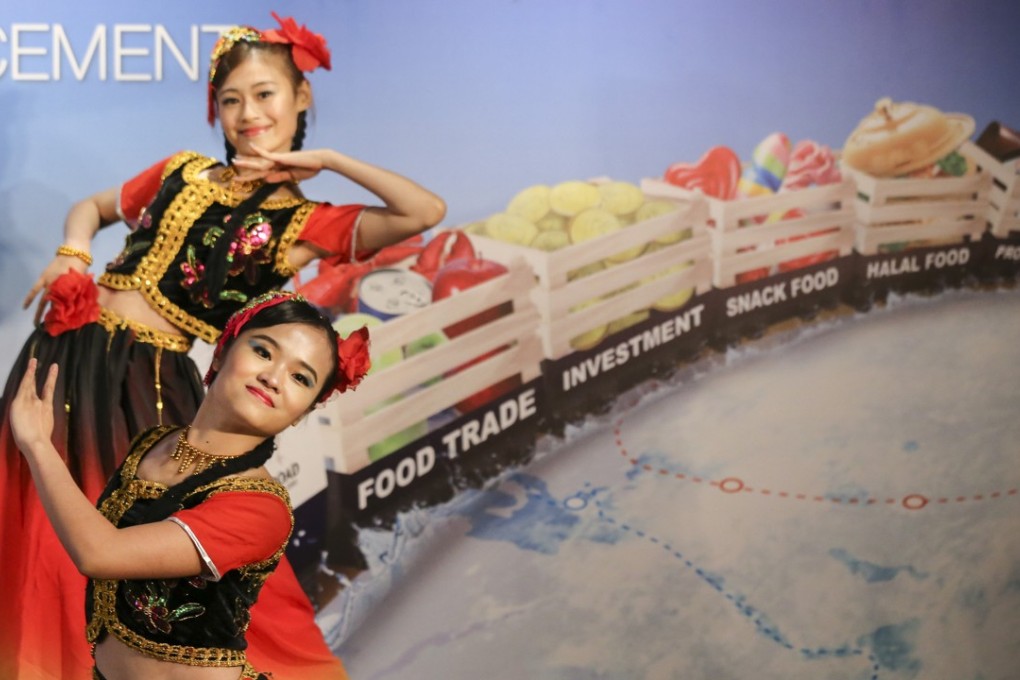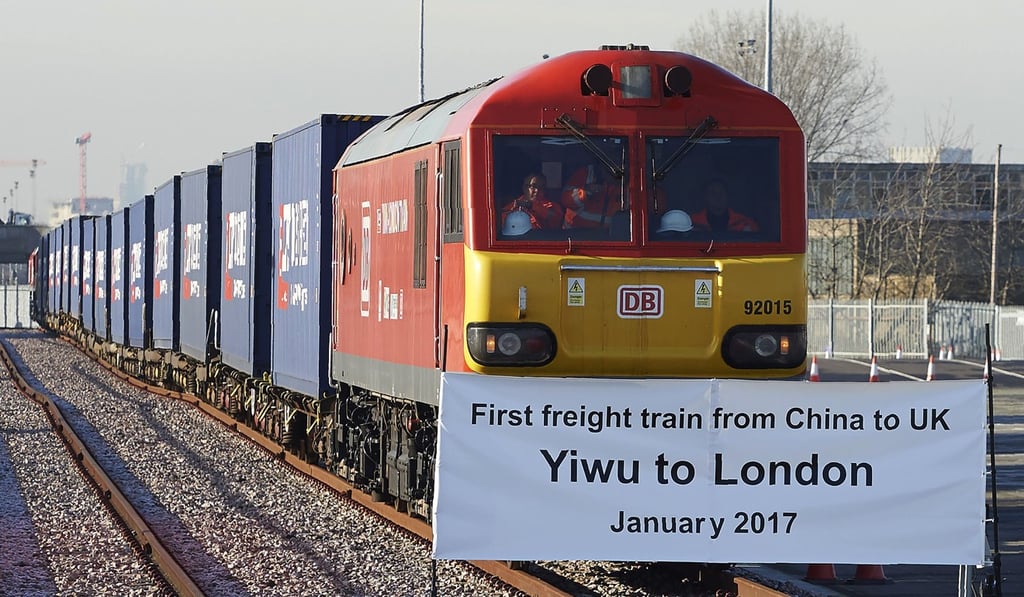Jake's View | China’s got a trade problem that can’t be solved by Belt and Road
Take away the trade surpluses with the US and European Union, and China has pretty much consistently run a big trade deficit with the rest of the world

After years of growth, China’s trade ties with its biggest partner, the European Union, seems to be foundering, with frictions growing over a range of issues from steel overcapacity to market access and the South China Sea.
SCMP, February 19
You may recall a photo we published a while back of a group of cheerleaders waving China flags as a goods train pulled out of the station in London, destined for Beijing with British export goods, the Belt and Road in action.
I laughed. I am sure I had company. Any good-sized container ship carries up to 100 times what such a train can carry to China and does it more efficiently and at much lower cost than the easily overcrowded track and different rail gauges will allow any train to do it on the journey.

That’s Belt and Road for you, a storm of hot air that sycophants emit as evidence of their eagerness to obey commands from Beijing, a reactive measure started only because the national authorities were annoyed that a multinational trade pact proposed by the United States would exclude China.
